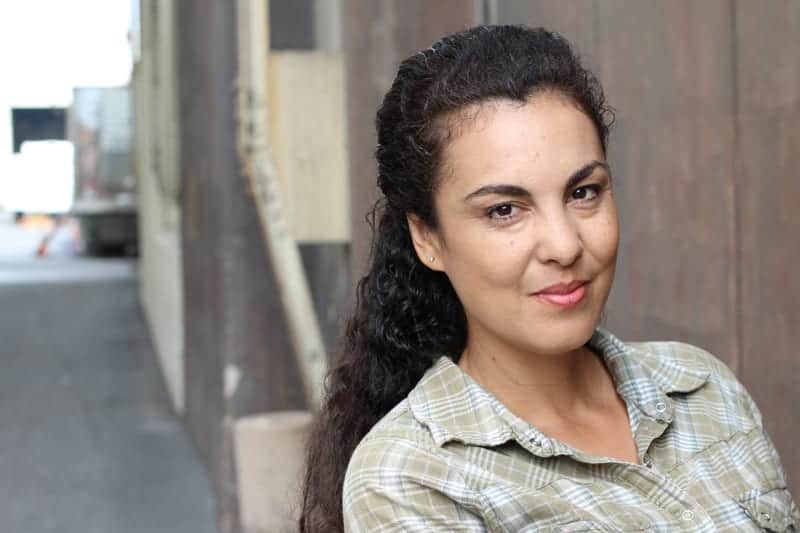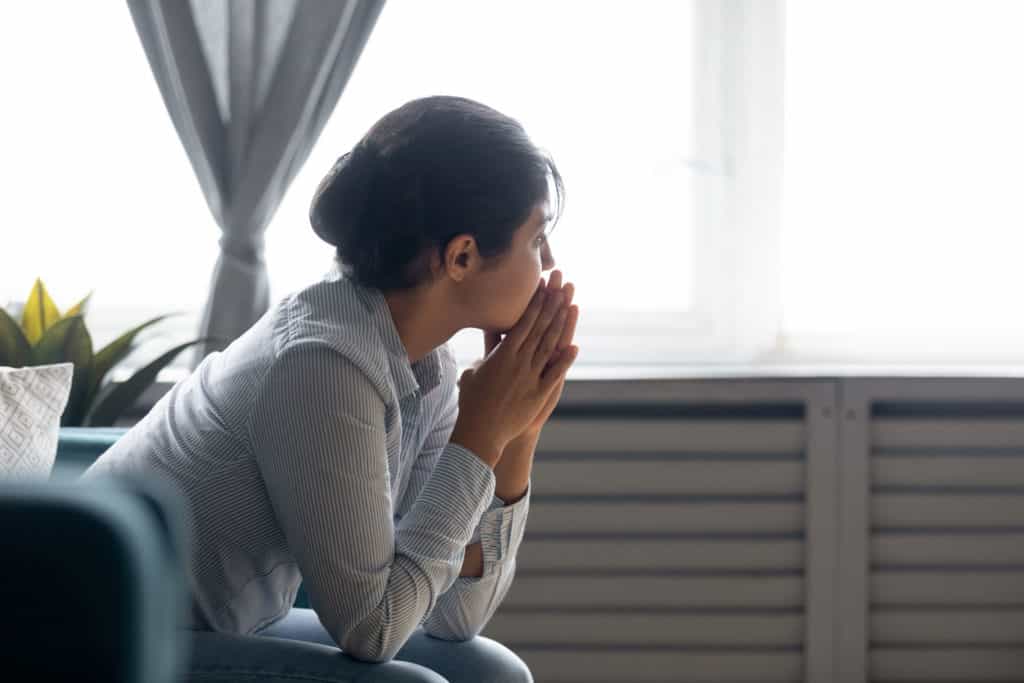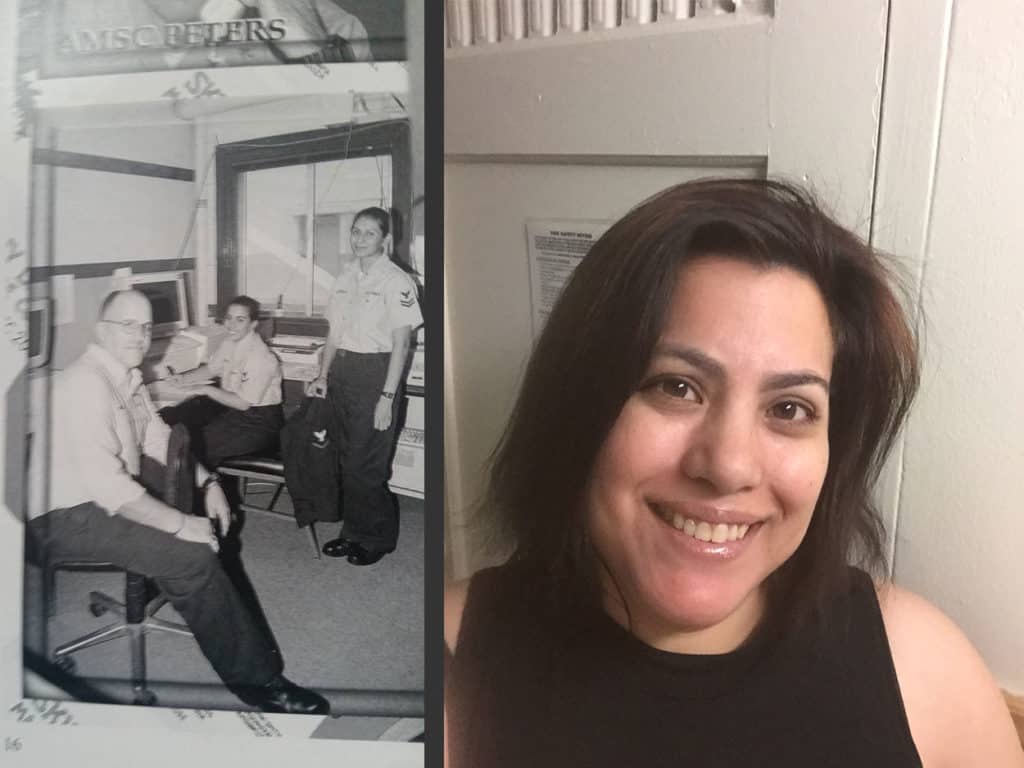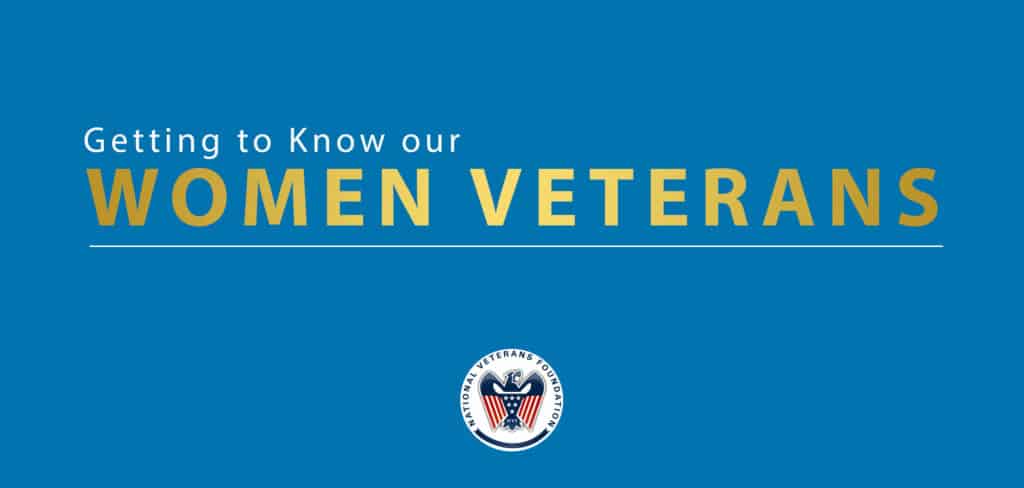Minority Women Veterans Are Our Most Invisible Heroes
Our brave minority women veterans are often forced to navigate a discouraging obstacle course when they transition back into civilian life. No matter what their demographic might be, all military veterans returning home after a long time in active service face a distinct set of difficult challenges. Many of these challenges involve the extraordinary difficulties veterans have reconnecting to their families, workplaces, and communities.
Minority women veterans are certainly no exception to this distressing norm. They face the standard array of challenges that all veterans encounter, as well as the added dimension of specific difficulties that women veterans in general face.

In some ways, minority women veterans are fighting three battles at once, especially after they return home from active duty.
Compromised Status and Access Problems
As a group, women in the military are not granted the same status that male soldiers are usually afforded. When you add to these hurdles the reality of belonging to a minority group, the path to safety, satisfaction, and so-called normalcy can seem strewn with insurmountable obstacles. This has to change. Some progress has been made, but it’s simply not enough.
The causes of these difficulties are numerous and exceedingly complex. Many of these causes are intrinsic to the structure of the military itself, as most facilities, equipment, and health care options are geared more toward men than women. It is also apparent that sexism and sexual violence against women plays a large role in these outcomes.
The women veterans community tend to experience greater challenges than their male counterparts do when they leave military service and they are more likely to need more support in order to be successful after this transition.
Source: NVF’s Women Veterans Community page.
The Disabled American Veterans study cited above also concludes that access to VA facilities and treatment is much more difficult for women than men. It also found tremendous gaps in all of the services offered to female veterans. Caused largely by a traditionally male-dominated military structure, these gaps resulted in problems for women veterans in areas such as employment, housing, social issues, and several other key life areas.
Problems in Perception
The minority women that have served in our various military branches are brave, heroic, and committed to the protection of our country. In fact, there is no military area in which they have not made enormous contributions. They begin their military service with goals and dreams that are identical to every American soldier’s aspirations. They want to build better lives for themselves, their families, and their country.
In other words, these women veterans are identical to their non-minority colleagues, at least in their capacities as soldiers. And yet there is often a huge gulf in the public perception of minority women in the military, one that fails to confer the same dignity, esteem, and respect that most veterans receive as a matter of course.
These brave and dedicated women suffer from misguided and shallow stereotypes. They are perceived as “other” at two distinct levels. They are women and minorities first in public perception, not as the soldiers that their actions have truly made them.
Sometimes, minority women do not even receive the simple acknowledgment that they served our country. This acknowledgment would not suffice to give women minority veterans the tools and support they deserve, but it would be a way that our society can begin to transform itself.
A Revealing Pattern
It’s well documented that our military veterans are often ignored or treated poorly, especially compared to the services they render to our country. Almost all of our veterans have difficulties transitioning back to the civilian world after a lengthy period of services.
As we shall see, minority women veterans are not immune to these transition problems. In fact, they might actually experience the difficulties in transition more acutely than their non-minority counterparts. At the very least, it seems reasonable to say that minority women veterans experience the transition back to civilian life differently from the majority of other soldiers.
The Homelessness Epidemic
As a group, our military veterans suffer a disproportionately high amount of personal, social, and economic difficulties. On any given night, almost 40,000 veterans are homeless, about 9 percent of which are women. Approximately 45 percent of these homeless veterans are Hispanic or African-American, and a majority of all homeless veterans suffer from substance abuse or other mental health disorders.
Further examination of these statistics reveals an alarming pattern for these women. One study suggests that well over 60 percent of homeless female veterans are members of a racial or ethnic minority, with black women comprising a staggering 90 percent of these numbers.
This study suggests an intimate connection between the experience of minority women while in active duty and their startling rate of homelessness. A large percentage of these minority homeless are afflicted with PTSD, Depression, and devastating consequences of being sexually assaulted while in active duty.
An Illustrative Case Study
An exhaustive survey of these struggles is far beyond the scope of this post. Therefore, a complete catalog or statistical analysis isn’t our exact goal here. Rather, our goal is to draw attention to the general and particular struggles of minority women as they are reintegrated into society.

So far, we have spoken in largely general terms about what minority women in our military experience. This approach is a good start, but it can only scratch the surface of what is an undoubtedly pervasive problem in both our military structure itself and the network of support we offer our veterans after their service.
In the following section, we will examine some of the struggles that female veterans in sexual minorities face. Although every minority group of women experiences life after active duty differently, it isn’t difficult to imagine that the plight of many of them is similar to what lesbian and bisexual soldiers experience.
Sexual Minority Women Veterans
For our purposes, the demographic of sexual minority women will include veterans who **identify their sexual preference as homosexual or bisexual in nature. One of the most important things to understand is that the challenges that these women veterans face seem to represent an intensified microcosm of what civilian sexual minority encounter in the non-military world.
Mental Health Factors of Sexual Minority Women
As they do in most categories, lesbian or bisexual women veterans experience a disproportionate amount of mental health disorders during and after active duty. In fact, sexual minority women experience substantially poorer mental health outcomes than even their heterosexual women peers.
This means that women vets who identified as lesbian or bisexual experienced significantly greater amounts of mental distress, sleep problems, and overall dissatisfaction with life than their heterosexual women veteran counterparts. Additionally, sexual minority women veterans were much more likely to demonstrate health risk indicators than heterosexual women vets. These risks include smoking, obesity, and a failure to develop networks of emotional support.
Symptoms of a Larger Problem
There’s no way around it — the statistics surrounding sexual minority women are very distressing. They indicate (they assert actually) that there are systematic gaps of support for these women, both at the cultural and structural level. Whether we’re talking about physical or mental health outcomes, none these challenges emerge in a vacuum.
Similarly, the health risk behaviors of these women should be construed as intimately connected to the same systematic gaps that contribute to physical and mental health outcomes. The upshot of these statistics is profoundly troubling — an egregious lack of inclusion and support for sexual minority women vets exist at a multitude of levels.
In this way, and many others, the distressing experiences of sexual minority veterans reflect those of minority veterans in general. None of these important groups are afforded the status or levels of care that is required for a happy and productive life after their service.
A Triple Standard For Minority Women Veterans
In no way should this description of the particular struggles of minority women be construed as an attempt to diminish the difficulties that all veterans encounter. In fact, these descriptions should serve to emphasize these more general struggles and help give families and caregivers a set of analytic tools that will benefit the entire veteran population.
But women veterans experience added dimensions of difficulties, ones that are in some ways over and above those of male veterans. And, as we can glean from statistical and anecdotal evidence, the situations worsen even further with minority women. Perhaps the most distressing conjecture we can make about minority women in the military is this: they are sometimes ignored and mistreated in the exact same way that they are in the wider world.
Women Minority Veterans Need Sufficient Care, Not Special Treatment
These women experience incredible difficulties in transitioning back to civilian society. This holds true whether we’re talking about negative effects OR the lack of the “positive” consequences that veterans sometimes experience in the civilian world.
These “positive” consequences are elusive and difficult to quantify, but they seem to include things like dignity, appreciation, and respect from the civilian world. The sad truth is that minority women veterans typically do not receive the same social benefits that other military service veterans do. Simply put, minority women do not usually signify as military veterans in our society.
The minority women who serve our country are incredibly tough-minded people, just like all veterans are. They are not more fragile than their non-minority peers and they’re certainly no less adaptive. This might only be semantics, but our minority women veterans do not require special treatment. They just need support and care that is appropriate to their experience.
The change must occur at both the macro and micro levels. It must occur at the policy and the structural level, both within and outside the actual military. The VA has made some progress in this area, but more is required for our minority women veterans to optimize their chances at healthy reentry into society. More is required of all of us.
We are helping minority women veterans transition. Please help us help them by donating today.
You can be a part of our mission to help Veterans by making a tax-deductible donation!
About the Author
SUBSCRIBE TO OUR BLOG AND NEWS!
By submitting this form, you are granting: NATIONAL VETERANS FOUNDATION INC permission to email you. You may unsubscribe via the link found at the bottom of every email. (See our Email Privacy Policy for details.)
Related Posts





